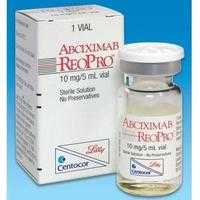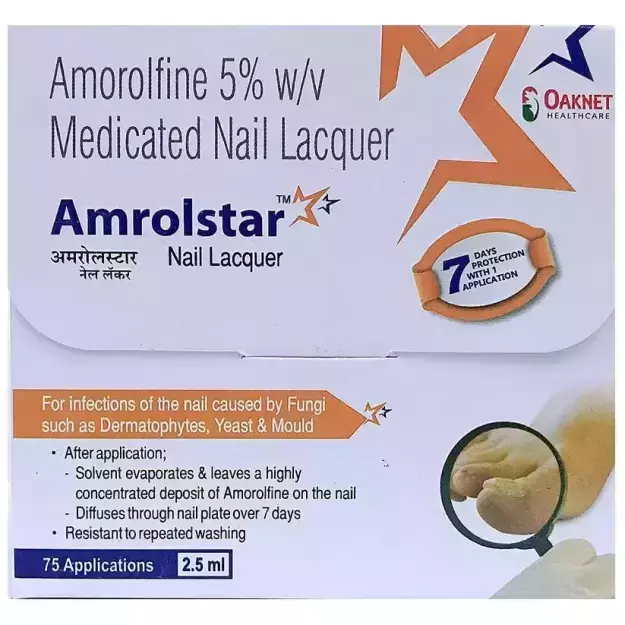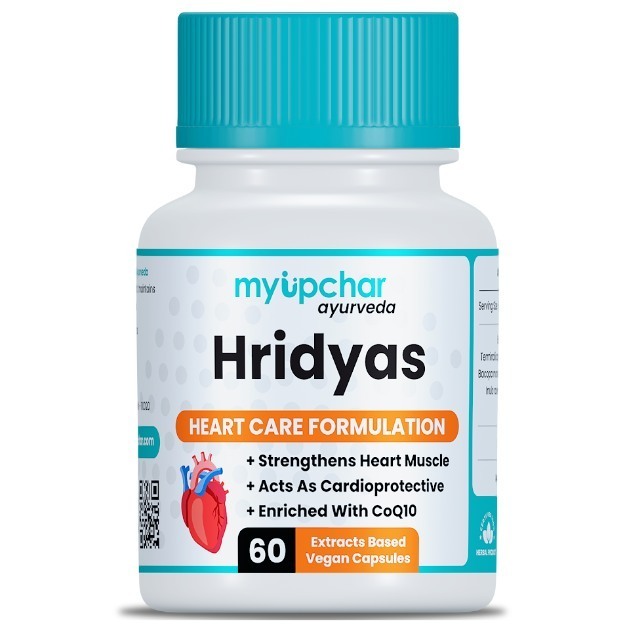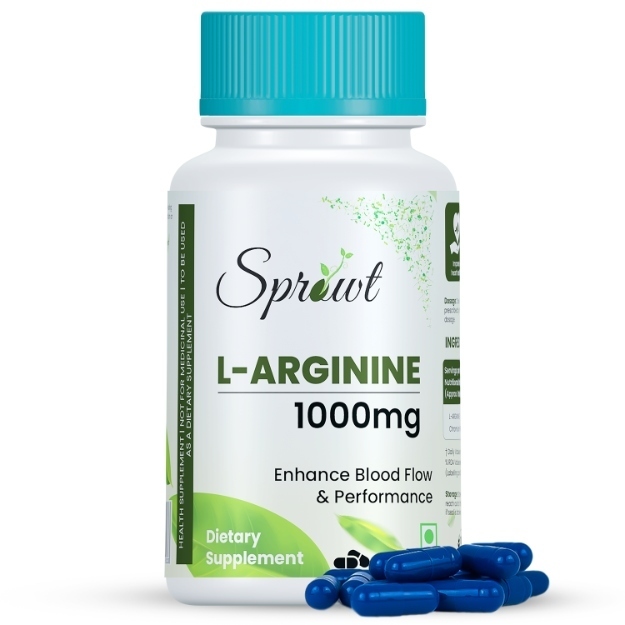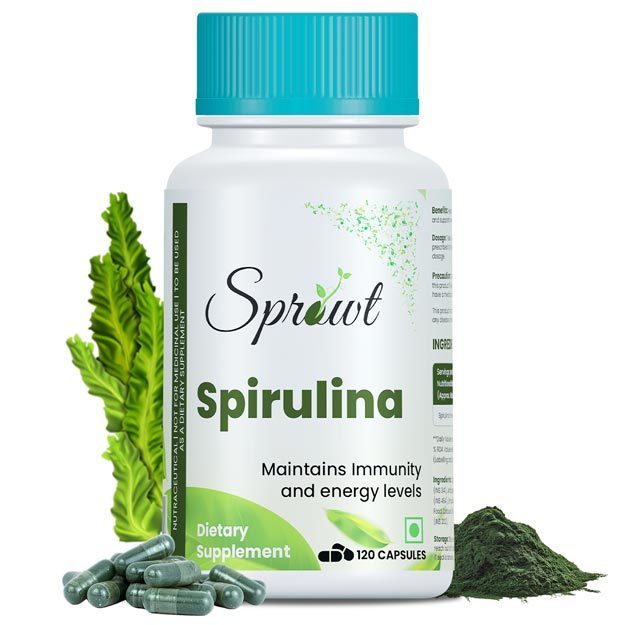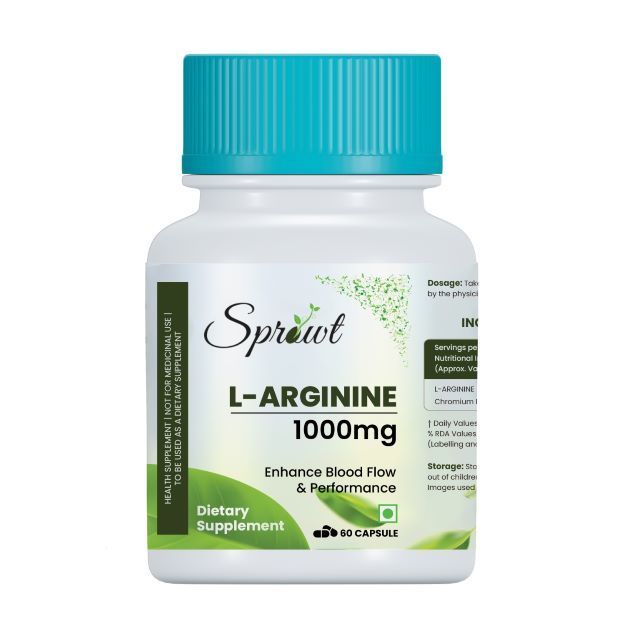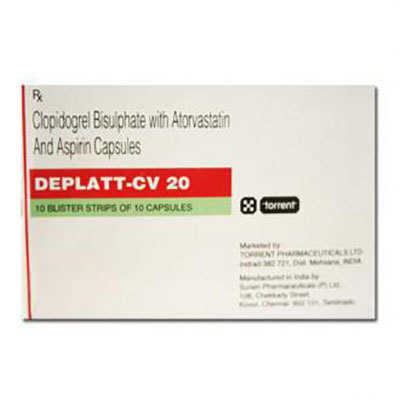Reopro 10 Mg Injection is a prescription medicine that is available as a Injection. It is typically used for the treatment of Angina, Coronary Artery Disease. Reopro 10 Mg Injection also has some secondary and off-label uses. These are listed below.
Medical history of the patient along with age and gender determines the dosage of Reopro 10 Mg Injection. Individual symptoms and route of administration also determines the right dosage. Detailed information has been provided in the dosage section.
Common side effects of Reopro 10 Mg Injection include Bleeding, Reduced blood platelets, Blurred vision. Besides the aforementioned side effects, there are other adverse effects of Reopro 10 Mg Injection as well, which are listed below. These side effects of Reopro 10 Mg Injection are usually temporary and subside with the completion of treatment. Please speak with your doctor if these side effects worsen or persist for a longer duration.
It is also important to note that Reopro 10 Mg Injection has a Unknown effect for pregnant women and Unknown effect on lactating mothers. Warnings related to Reopro 10 Mg Injection's effects on the liver, heart and kidney, if any, have been listed below.
Reopro 10 Mg Injection can cause adverse effects in certain medical conditions. It is strongly recommended to avoid Reopro 10 Mg Injection in conditions like Bleeding, Hemorrhagic Cystitis, Thrombocytopenia and ITP.
Besides this, Reopro 10 Mg Injection may also have severe interaction with some medicines. See below for a complete list.
You should also be aware that Reopro 10 Mg Injection is safe while driving, and is addiction.
X

